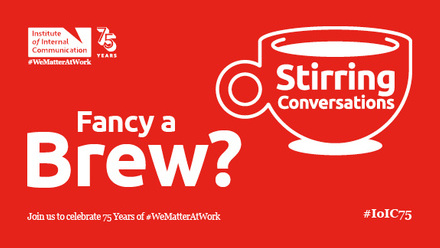Part of the problem is in the architecture of business language itself. There is often confusion between the terms used at each level to frame organizational intent:
PURPOSE: Why the organization exists - its reason for being
VISION: Where the organization wants to go - the future (role) it wants to create
MISSION: What the organization aims to do in the world - the business it's in.
VALUES: The way it wants to pursue its purpose, vision and mission
PRIORITIES: What needs to be done first.
These are simple definitions, but they are not universally applied, especially by line managers and employees. Managers and employees often use these terms interchangeably.
On top of that, people can interpret the content assigned to these terms differently.
In one illustrative case, where alignment specialists Mirror Mirror worked with the Upper Austria University of Applied Sciences, a lack of shared understanding of the terms used to frame purpose was found to be the cause of misalignment within one of the University's project teams.
The key finding: interpretations of the project purpose between team members conflicted in subtle ways. Team members were unaware of this misalignment and were wondering why there were disagreements about what actions should be taken. After facilitated discussion to elicit the differences of opinion and their impacts, the team was able to arrive at a unified team purpose, agreed on goals, and then developed a combined action plan.
In larger organizations, this issue is compounded by the fact that the way the terms and their hierarchy is defined: purpose, vision, mission, and usually, values - are often selected by leaders at the top tier of the organization, many if not all removed from the day to day execution at a faraway division, function, or territory.
Aside from translation to foreign languages, arriving at an effective translation of these terms to the nature of work being done beyond the HQ is a challenging process that is all-too-frequently glossed over or delegated haphazardly.
Is the purpose to principles language chain only as strong as its weakest link?
Inconsistencies undermine credibility. Without credibility, language, and the intent behind it, becomes meaningless or even an object of ridicule. When these links are strong, they protect and project the value of the business.
For more on this topic, download the mini-ebook 'Sabotaging Alignment'






